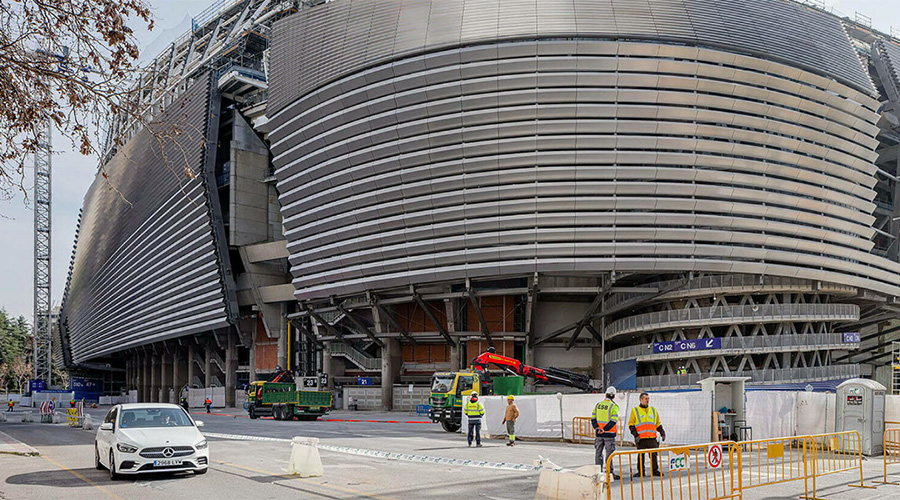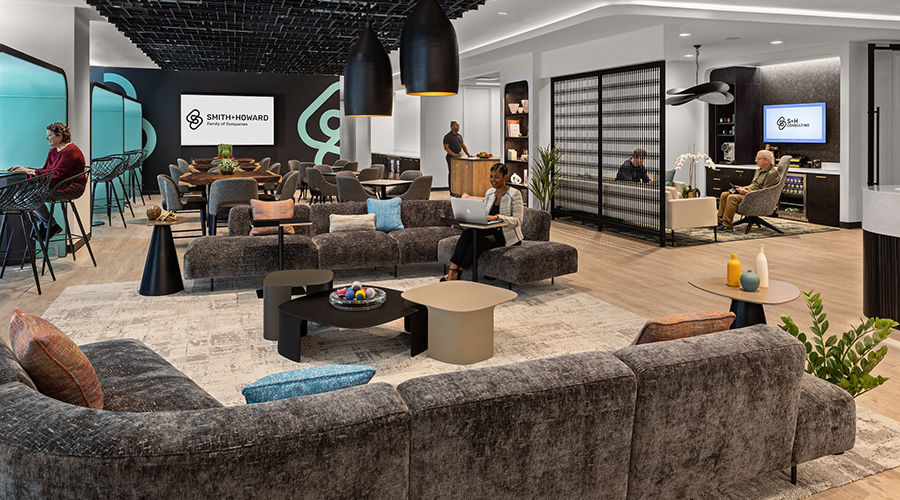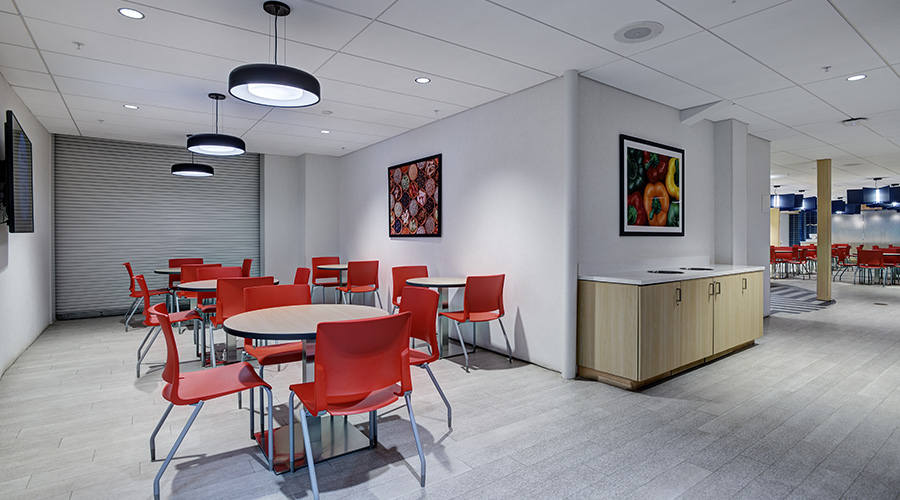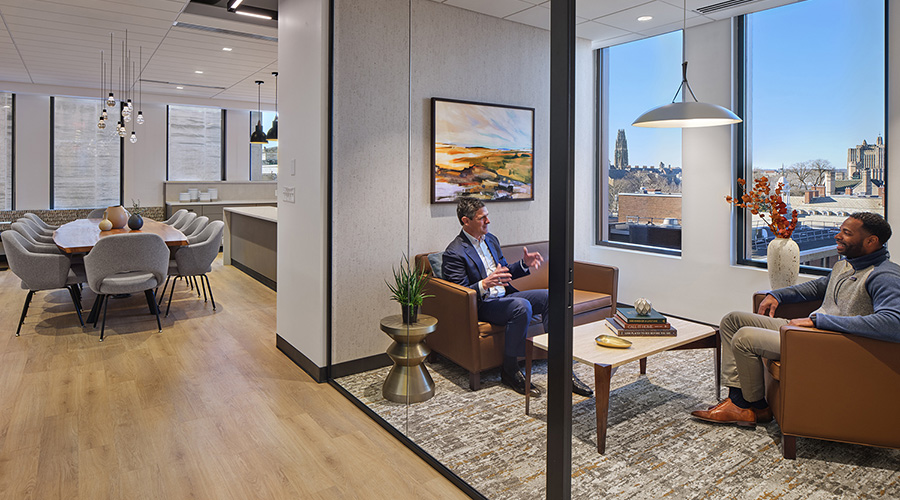Adaptive Reuse, Growing in Europe and Asia, is Architecture’s New Wave
Renovation trend yet to catch on in United States, but designers are hopeful it will.
By Doug Carroll, Contributing Writer
When an architectural firm tackles the major renovation of an iconic soccer stadium in Spain, it’s no average project. It’s a high-wire act, with money and reputation on the line in large measure.
That venue, the 85,000-seat Santiago Bernabeu Stadium in Madrid, has been the only home of the world-renowned Real Madrid professional team since the stadium’s completion in 1947. It has hosted everything from the World Cup to the Rolling Stones.
Gerkan, Marg & Partners, the largest architectural office in Germany, collaborated with two Spanish firms on the $1.9 billion renovation after winning an international competition for the project 10 years ago.
“With sports stadiums, you’re dealing with places of architectural significance that need transformation,” says Stephan Schuetz, executive partner of GMP. “The fun thing is that they are in use, so you have to transform them while they are in operation. That’s a special aspect.”
There’s a name for these transformative renovation projects: adaptive reuse. The trick is to maintain the structure of concrete and steel while tinkering with other aspects.
It’s complicated work, but it accounts for more than 50 percent of GMP’s business in Europe and 30 percent in Asia. Adaptive reuse projects aren’t widespread yet in the U.S., although that day is coming, accelerated by the COVID-19 pandemic and its displacement of large numbers of workers from high-rise offices.
Adaptive reuse demands “respect and appreciation for the work of others,” Schuetz says. “It’s a discovery to understand the condition of a building and its main idea and history. It’s a kind of archaeological work, and you have to do that before you start planning.”
In Europe, he says, adaptive reuse is discussed as a dimension of sustainability, a recognition of the need to conserve natural resources. It has been a tougher sell with building owners in the U.S.
“They think more of demolition and building new,” Schuetz says. “But if they continuously build as they do today, they won’t have sand for concrete in 20 years.”
GMP will debut its first-ever U.S. show in October at the German cultural center Goethe-Institut USA in New York City. The exhibit will present eight to 10 different works that significantly transform their existing buildings and settings.
These include the effort to convert a massive steel plant into China’s Shanghai Academy of the Arts; the construction of a demountable, modular symphony hall in Munich; and the reimagination of Beijing’s Chao Hotel and Berlin’s state library.
And, of course, there is Bernabeu Stadium, which hosted two sold-out Taylor Swift concerts in late May as part of its grand reopening.
The most visible change at the stadium is a new wraparound façade made of stainless-steel louvers for natural ventilation. Other features include a retractable lawn, retractable roof and 360-degree scoreboard.
At night, LEDs illuminate the façade, and eventually video images will be mapped on the louvers, allowing crowds to watch Real Madrid’s matches from the street. The stadium is envisioned as an economic engine for Madrid because of its versatility and adjacent amenities.
GMP also has completed stadium projects in South Africa, China, Brazil, Italy, Poland and Germany.
Doug Carroll is a freelance writer based in Chandler, Arizona.
Related Topics:











